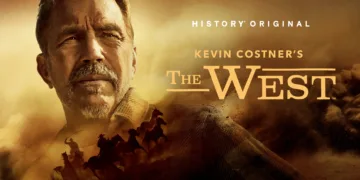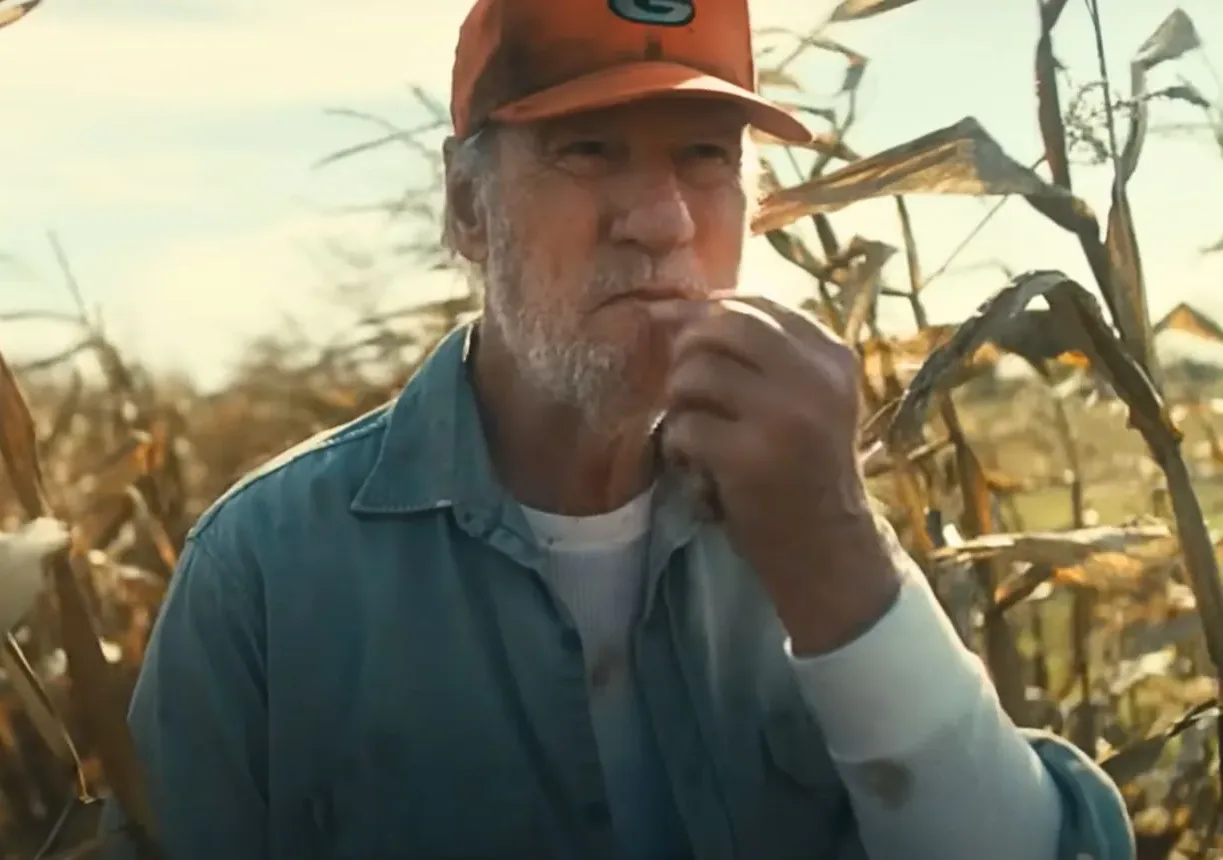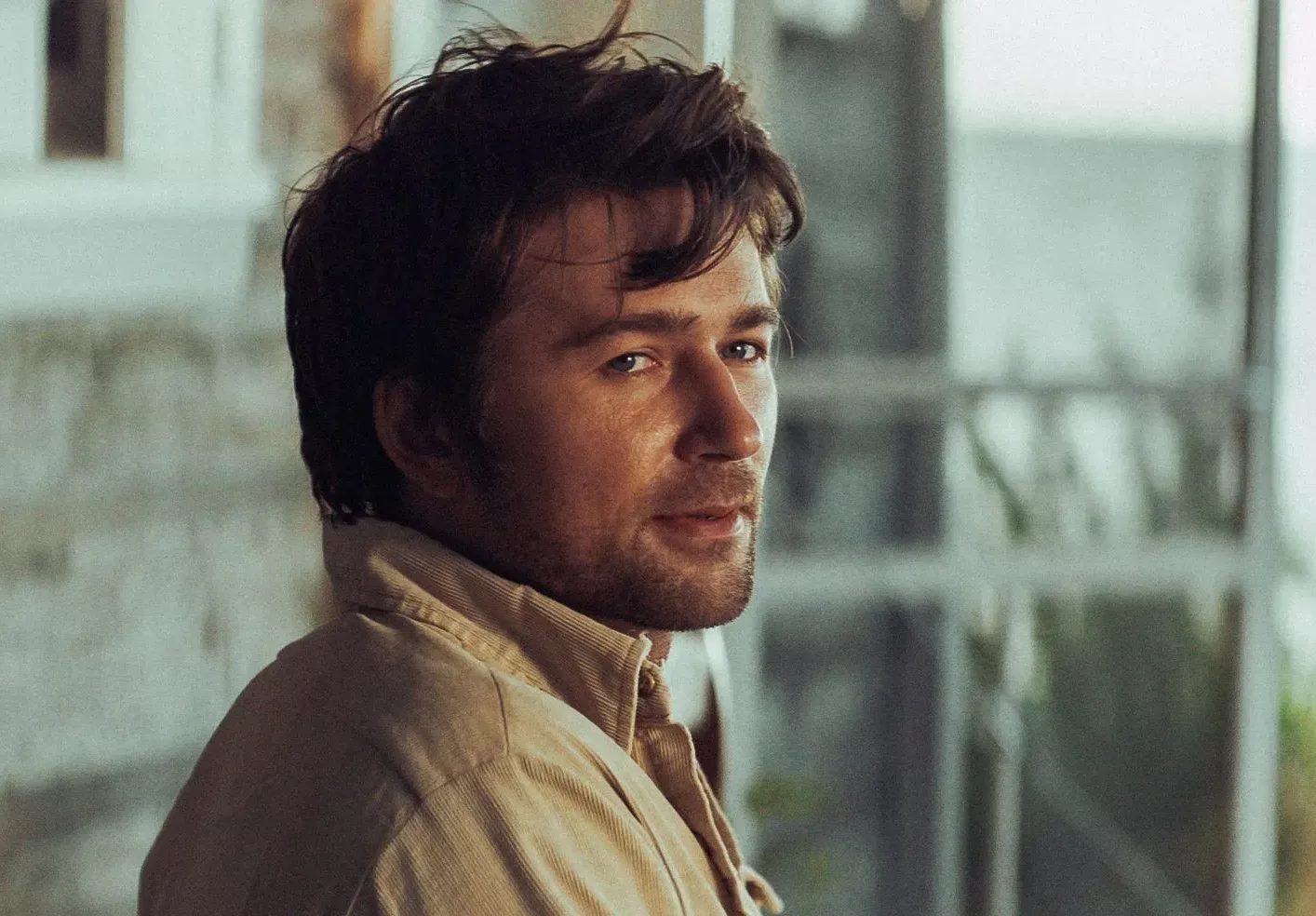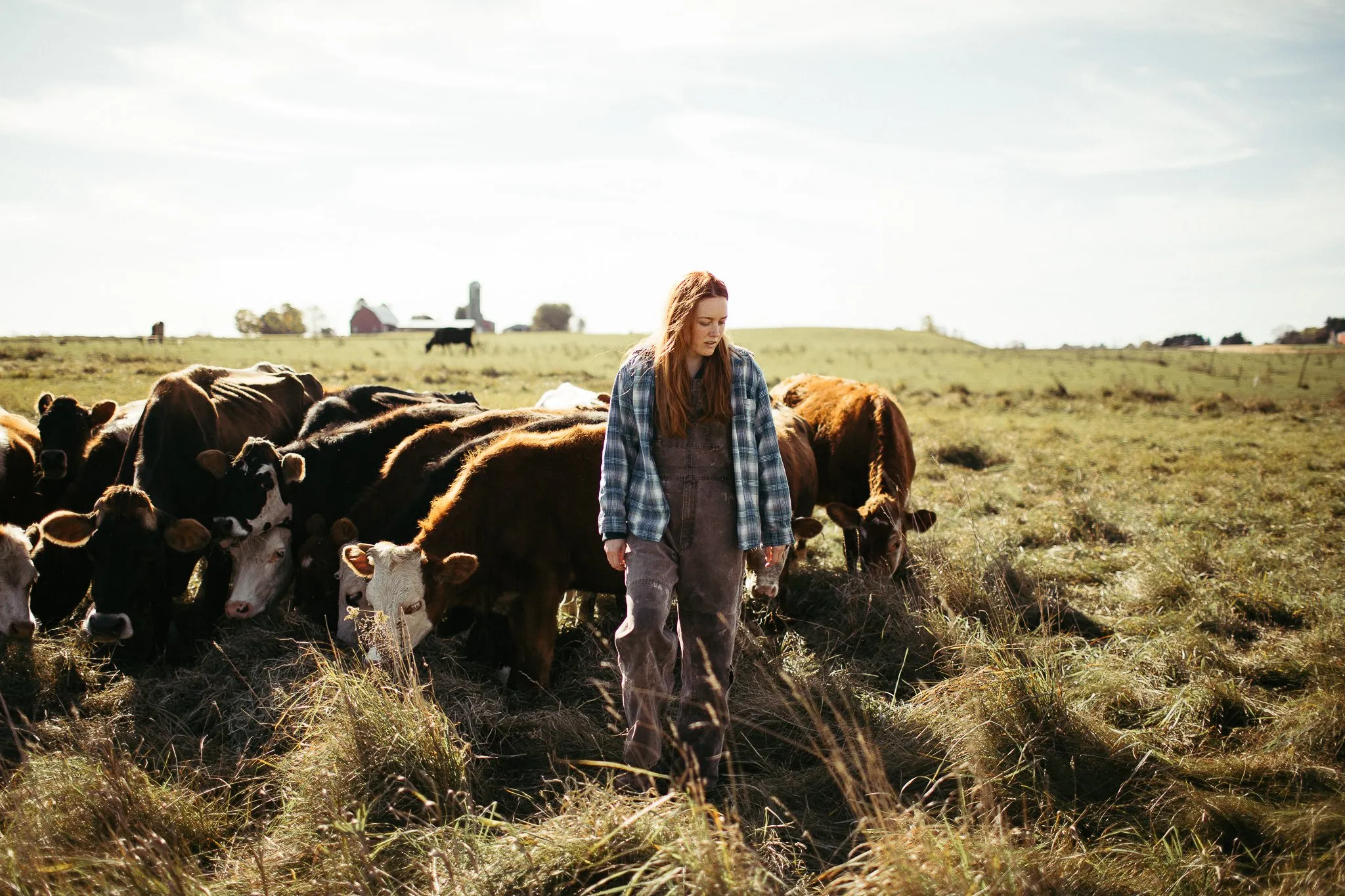Green and Gold explores resilience through a story set on a Wisconsin dairy farm in 1993. Buck Strom (Craig T. Nelson), a determined farmer struggling against economic challenges, faces potential foreclosure. He makes an unlikely bet on the Green Bay Packers—a wager that transcends financial concerns and speaks to resistance against change.
The story examines complex ideas: What defines the value of tradition? How can one respect history without becoming trapped by it? Director Anders Lindwall presents these reflections with genuine emotional depth.
Lindwall crafts his feature debut with restrained skill, allowing visual landscapes to communicate as powerfully as dialogue. Cinematography captures rural Wisconsin in warm, golden tones, transforming the setting into an almost mythical space where determination might reshape destiny.
Nelson delivers a nuanced performance, capturing Buck’s complex character with remarkable subtlety. Madison Lawlor’s character Jenny, conflicted between agricultural roots and musical aspirations, creates emotional tension. M. Emmet Walsh provides a powerful final performance that enriches the narrative.
Sincere and thoughtful, Green and Gold recalls cinematic storytelling that values human experience. The film resonates with stories like The Straight Story—narratives that celebrate human endurance. It acknowledges change while respecting the complexities of personal and cultural transformation.
A Bet Against Time: Tradition, Football, and the Last Stand of the American Farmer
A man standing alone against societal shifts, clinging to an ideal while the world declares it outdated, tells a powerful story. Buck Strom (Craig T. Nelson), a fourth-generation Wisconsin dairy farmer, embodies this narrative. He prefers hand-milking to industrial machinery, believing in land, labor, and the quiet strength of determination. The bank disagrees with his perspective.
Buck’s world shrinks. His farm bleeds money, with foreclosure becoming inevitable. Jenny (Madison Lawlor), his granddaughter, stands between two worlds: her grandfather’s traditional farm life and her musical aspirations. Where Buck attempts to stop time, Jenny sees change as an opportunity.
A foreclosure notice arrives, pinned to the barn door with bureaucratic indifference. Local banker Jerry offers a desperate lifeline: if the Green Bay Packers reach the Super Bowl, he’ll reconsider the farm’s financial situation. It becomes a bet against historical odds.
Buck initially resists. Gambling seems reckless, irresponsible. Jenny, practical and determined, pushes him to accept the wager. Her motivations remain unclear—salvation or simple hope.
Deeper tensions emerge beneath the rural landscape. Jenny dreams beyond the farm’s boundaries. Meeting Billy Reed (Brandon Sklenar), a successful country singer, highlights the conflict between tradition and ambition. Buck sees music as a distraction; Jenny views it as an escape.
The economic crisis weighs heavily on rural communities. A devastating subplot shows a fellow farmer confronting overwhelming despair. Green and Gold reveals the quiet struggle of people whose way of life seems increasingly irrelevant.
The Packers’ championship run parallels Buck and Jenny’s emotional journey. Football becomes both metaphor and narrative driver—its unpredictable moments reflecting their fragile hope.
The film explores faith in something deeper than religious belief—faith in home, in history, in fighting against seemingly impossible odds.
Stubbornness, Song, and the Myth of the American Archetype: A Study of Character in Green and Gold
A specific type of American protagonist thrives on resistance—men standing against societal shifts with a determined expression and weathered boots. Buck Strom, portrayed by Craig T. Nelson, embodies this archetype. He escapes simple categorization, existing between dignity and self-destruction—a remnant of an era believing hard work could sustain a family.
Nelson crafts Buck with profound depth. His character’s stubbornness transcends mere pride, representing a philosophical inheritance passed through generations. Subtle transformations emerge. Buck learns to listen to Jenny, accepts community support, and creates space beyond his rigid worldview.
Nelson’s performance avoids stereotypical tropes. Buck remains complex—difficult yet evolving, never becoming a simplistic character type.
Jenny represents generational tension. Madison Lawlor portrays her as someone deeply connected to her home while recognizing its constraints. She navigates a space where family obligation and personal dreams intersect.
Her musical journey serves as the narrative’s emotional pulse. Lawlor’s authentic performances reveal internal struggles more eloquently than dialogue. Meeting Billy Reed (Brandon Sklenar) raises questions about ambition’s true nature.
Buck and Jenny’s relationship pulses with genuine emotion. Their interactions reveal love through misunderstandings and conflicts.
Annabel Armour’s Margaret bridges generational divides. She understands both Buck and Jenny, providing steady support without taking sides.
Sklenar’s Billy Reed embodies possibilities beyond rural life. His character suggests alternative paths, leaving Jenny’s potential purposefully undefined.
The town emerges as a character—a tight-knit community where connections matter more than individual achievements.
Faith, Football, and the Myth of the Self-Made Man: The Themes of Green and Gold
Green and Gold explores the tension between tradition and change. Buck, with weathered hands and outdated farm equipment, struggles against more than financial challenges. His commitment to working methods reflects deep-seated principles and pride.
Jenny, his granddaughter, embodies a different worldview—artistic, ambitious, challenging inherited expectations. The film treats their conflict with complexity, avoiding simplistic resolutions. Buck’s perspective receives respect, while Jenny’s aspirations remain valid.
Small farmers battle industrial agriculture’s relentless pressure. Set in the early 1990s, the story reveals ongoing struggles of rural communities confronting economic transformations.
The surrounding community emerges with raw authenticity. Quiet support replaces dramatic declarations. A neighboring farmer’s desperate situation highlights the emotional weight of agricultural decline.
Community connections become central. Simple gestures of support reveal human resilience.
The Green Bay Packers symbolize more than sports. They represent cultural identity, connecting generations through shared passion.
Buck’s bet on the team transcends financial calculation. He places hope against rational expectations, seeking meaning through collective belief.
Football weaves through the narrative subtly. Buck and Jenny’s shared moments around the radio capture deeper emotional connections. Their interactions reveal communication beyond words.
Religious undertones thread through Buck’s worldview. He sees farming as a sacred relationship with land and animals. Work represents more than economic activity—it embodies spiritual commitment.
Buck’s transformation happens quietly. He learns that faith requires flexibility, that survival demands adaptation. His stubborn principles soften without completely dissolving.
The Art of Stillness: Cinematography and Direction in Green and Gold
Anders Lindwall crafts Green and Gold with understated skill. The film eschews dramatic confrontations, instead unfolding with measured grace. Lindwall trusts the power of unspoken moments, creating depth through subtle interactions.
His storytelling avoids romanticizing rural life. Wisconsin’s agricultural world emerges neither idealized nor critiqued, but presented with raw authenticity. Lindwall captures the complex emotional landscape of small-town existence—simultaneously beautiful and constraining.
Russ Fraser’s cinematography transforms the landscape into visual poetry. Golden light bathes each scene, suggesting both warmth and impending loss. Sweeping views of farmland become storytellers, capturing the region’s quiet struggles.
Fraser’s visual language speaks without words. Weathered barns and rolling fields communicate more than dialogue ever could. The environment becomes a living character, silent yet expressive.
The film’s pacing mirrors a farmer’s measured rhythm. Slow and deliberate, it demands viewer patience. Some might find the tempo challenging, while others will appreciate its contemplative approach.
Buck’s gruff demeanor provides humor, while Jenny’s internal conflict creates emotional tension. Their relationship pulses with unspoken understanding. Hope threads through their story—quiet, persistent, resilient.
Characters exist beyond typical narrative expectations. They breathe, struggle, and search for meaning within their limited world. Each moment feels earned, never manufactured or sentimental.
Echoes of the Heartland: Music and Sound in Green and Gold
Green and Gold feels like a melody played at sunrise while mending a fence. The soundtrack captures rural rhythms with raw authenticity. Music emerges from Wisconsin’s emotional landscape, sounding like a whispered story from a dimly lit local bar.
Jenny’s songs, especially “Remind Me,” become emotional maps. Madison Lawlor’s vocal performance traces her character’s internal conflict—between roots and dreams. Her music speaks of land and longing, inscribed in the landscape’s texture.
Sound design anchors the film’s world. Farm life emerges through subtle audio details: wheat stalks rustling, cows chewing, an old truck engine sputtering. Each sound creates a rich sensory environment.
Football broadcasts interrupt the farm’s quiet rhythm. The contrast speaks volumes. Buck’s world moves slowly, measured by agricultural time. Football represents sudden possibility—a space where single moments shift entire narratives. These broadcasts carry deep emotional weight, transforming a game into a language of hope and belief.
Between the Goalposts of Nostalgia and Reality: Final Thoughts on Green and Gold
Green and Gold offers an unvarnished exploration of resilience. Craig T. Nelson embodies Buck Strom as a living artifact, resisting societal shifts with unwavering determination. Madison Lawlor portrays Jenny with quiet intensity, her internal conflict feeling authentically raw.
Russ Fraser’s cinematography transforms Wisconsin’s landscape into a visual poem. Soft light reveals the terrain as both sanctuary and constraint. Lindwall’s direction maintains emotional depth without sliding into sentimentality.
The narrative moves deliberately, mirroring agricultural rhythms. Some viewers might find the pacing meditative, while others could perceive it as sluggish. Familiar themes of tradition versus change populate the story, yet the film’s strength emerges through nuanced character study.
Buck and Jenny represent generational tensions—one rooted deeply in land and history, the other seeking personal expression. Their relationship pulses with unspoken understanding, revealing complex emotional territories beyond simple conflict.
The film speaks to community connections, exploring how individuals survive within shared spaces. Each character becomes a thread in a larger social fabric, revealing subtle interactions that define rural existence.
The Review
Green and Gold
Green and Gold explores rural existence through a story of endurance and family connections. Craig T. Nelson and Madison Lawlor deliver performances that breathe life into a Wisconsin farming community. The film moves slowly, revealing emotional landscapes through subtle interactions.
PROS
- Craig T. Nelson delivers a nuanced, deeply human portrayal, while Madison Lawlor shines as the emotional anchor.
- The film’s natural lighting and sweeping landscapes elevate its visual storytelling.
- Balances sentimentality with restraint, making its themes of perseverance and community resonate.
- Folk-inspired music and Jenny’s songs feel organic, adding emotional weight.
- Explores tradition vs. progress, family bonds, and small-town resilience in a universal way.
CONS
- The narrative follows familiar beats, making it less surprising.
- The deliberate storytelling may test the patience of viewers expecting a more dynamic plot.
- Some secondary storylines, like Jenny’s music career, could have been explored further.





















































